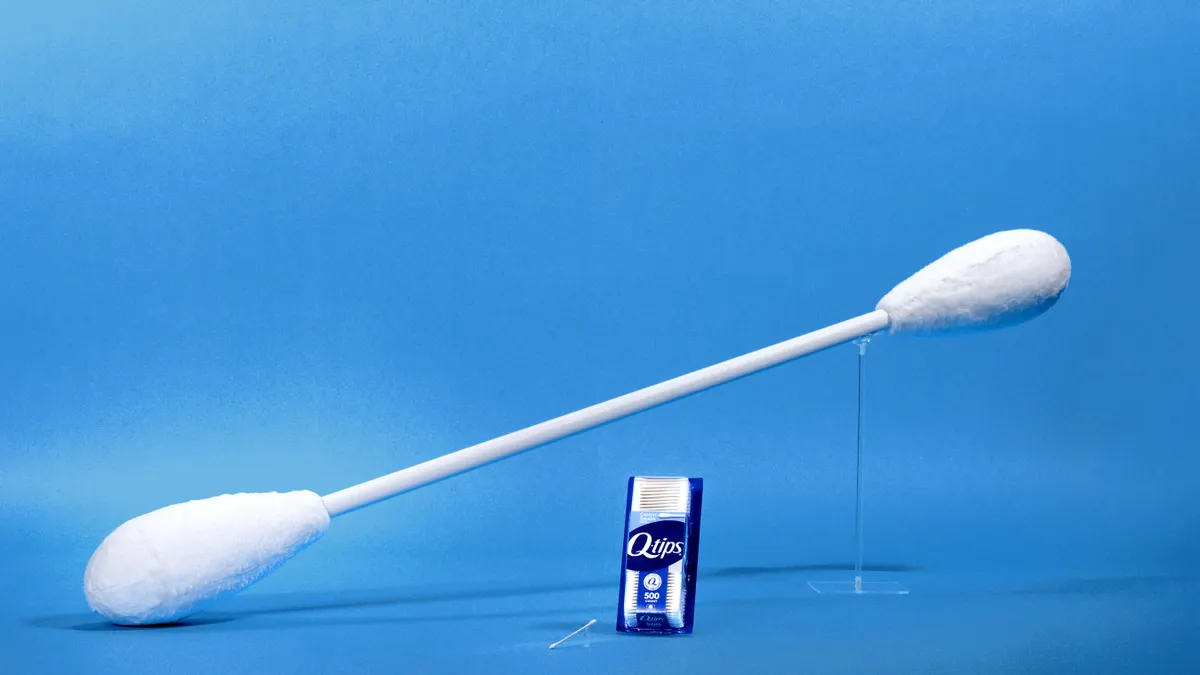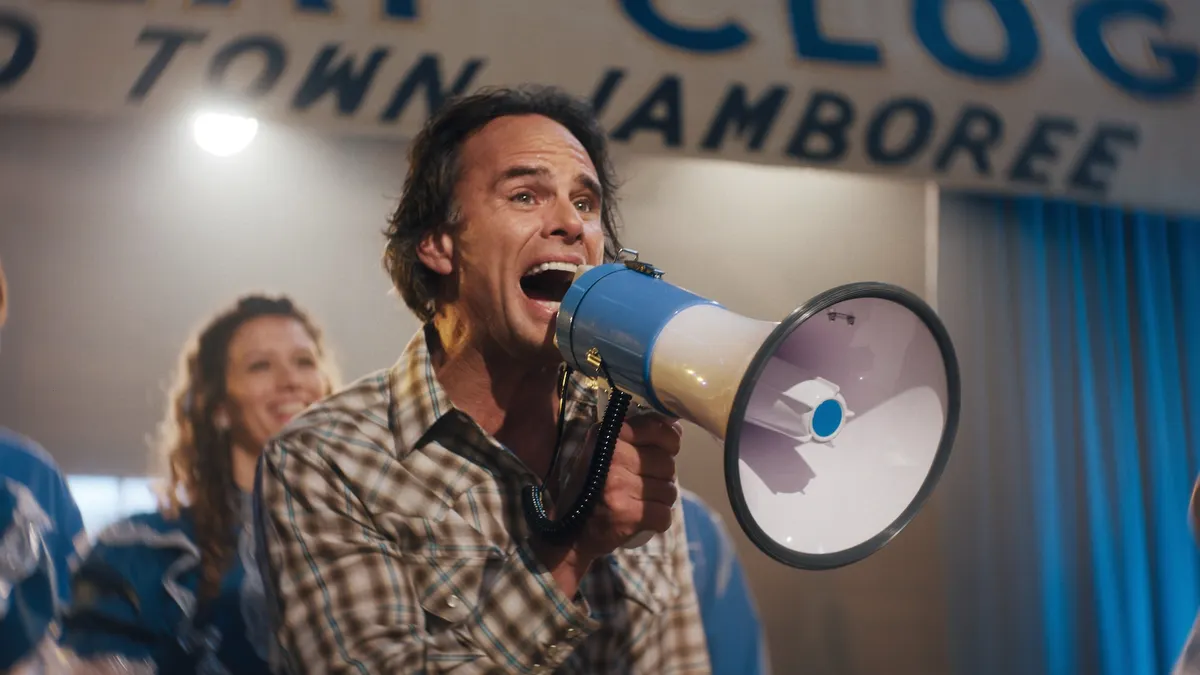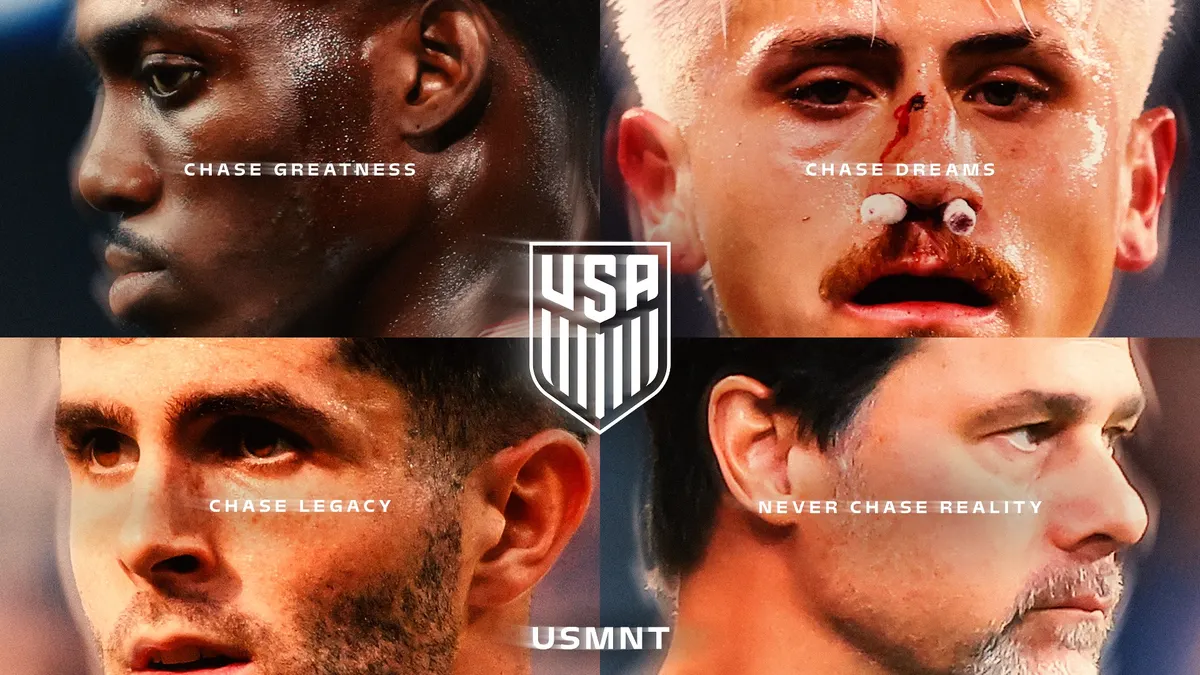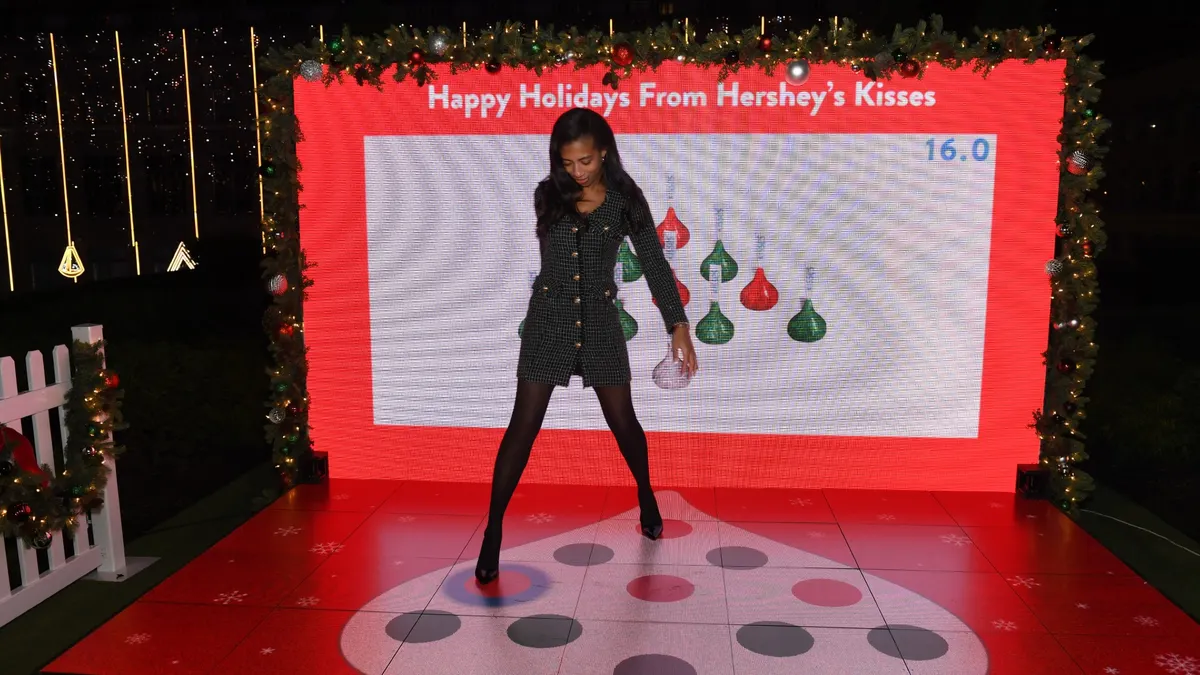After being battered by a flurry of controversies and a ratings pinch in 2017, NFL live viewership is on the upswing for the first time in three years, and marketers appear eager to get in on the action. A recent analysis by MediaRadar found brands spent more than $280 million through opening weekend in September, a change of pace from the year-on-year dip that hit the league last season.
So, is it back to business as usual for the NFL, one of the most resilient, powerful marketing engines in the U.S.?
In the short term: maybe. But beneath the surface, the NFL advertising landscape is shifting in ways that a temporary ratings spike won't hold back. Largest among these are emerging opportunities with legalized sports betting, the injection of liquor brands and politics into the sport and, perhaps most significantly, the acceleration of cord-cutting and rise in alternative viewing options.
There are signs that the NFL recognizes a need to change how it markets itself to viewers: the league recently found a new CMO in former Activision Blizzard exec Tim Ellis and, according to Adweek, has begun the search for a new agency to handle its marketing business following a decade with WPP's Grey. At the same time, the decision to lift a long-standing ban on liquor ads last season in many ways might signal how the NFL will continue to adjust its strategy for generating ad revenue as it faces headwinds during a turbulent future for live TV viewership — though the bottom line impact is small for now.
"The only way that they can continue to raise rates and grow their business is to open it up to some restricted brands. I don't think that this was ever their long-term thoughts," Jeff Greenfield, COO at C3 Metrics, told Marketing Dive in an interview.
"If it was up to them, and ratings were high, I don't think you would've seen them open things up for liquor brands," he added. "I don't think you would have ever seen the talk for gambling."
Divided attentions
Even as it's performing better on TV in 2018, the NFL is quickly building out its digital toolkit to accommodate the growing number of fans who don't watch through a traditional set-top box. In a report from October, the league claimed viewership on digital platforms had jumped 65% over 2017 for the first four weeks of the current season.
"Although the league has shown that they can still draw large TV audiences (last year the NFL accounted for 37 of the 50 most watched TV events), they are aware of the cord-cutting trend," Todd Krizelman, CEO and co-founder of MediaRadar, said in comments emailed to Marketing Dive.
Climbing viewership on digital, however, is splintered across a growing number of properties, including Amazon Prime Video, Amazon-owned Twitch, the NFL's digital platforms, Fox Sports' digital platforms, Yahoo Sports and a smattering of mobile offerings. For marketers, a one-size-fits-all approach to engaging NFL audiences won't cut it given the sheer variety of platforms and screens now streaming professional football.
"You're going to see some experimentation," Greenfield said. "It used to be, you had a TV spot, and then you would roll that same TV spot online … But now people are starting to realize that they need to create cross-platform ads, the same type of messaging but in a different format."
The adjustment to more cross-platform marketing could be a difficult one, given how brands have historically valued the NFL for big TV buys around events like the Super Bowl. But breaking with the traditional NFL advertising mold will be essential for courting younger fan groups like millennials and Gen Z, who are viewed as helping to drive trends in cord-cutting and mobile consumption.
"The league is working to combat [cord-cutting] via their own channels, or through various partners, such as Amazon Prime streaming Thursday Night Football this year," Krizelman said. "They also have an aggressive platform on Snapchat, pursuing a younger audience. The 65% leap in viewership in digital is a sign that the strategy is working."
Uncapping opportunities
Not only are NFL advertising platforms proliferating, but so are the volume and variety of advertisers. In its report, MediaRadar found the number of advertisers running campaigns was up 22% for the start of the 2018 season compared to last year. There also newcomer categories to consider.
"Last season marked a first for the NFL when they allowed liquor brands to advertise during games," MediaRadar's Krizelman said. "Four brands ran ads in the opening weekend in 2017. This year six liquor brands ran in the same period."
Liquor accounts for a very small portion of NFL advertising — less than 1% of estimated revenue for the 2017 and 2018 opening weekends, per MediaRadar — but its presence could grow. Whisky maker Crown Royal, which ran its first NFL campaign last year, returned for the current season with a bigger media play and more ad spend, suggesting the initial run was promising.
According to C3's Greenfield, by starting out with tight guardrails in place for liquor brands — ads must include a social responsibility message, for example, and exclude overt football themes — the NFL has put itself in an advantageous position for the future.
"With the liquor brands, [the NFL] said they can't have anything to do with football. That might change next year," Greenfield said. "If they need to, they can open up those restrictions a little bit to increase the revenue for their partners so that they can continue to get larger licensing fees."
Continuing to open the door to new types of advertisers could be a smart long term investment, acting as a safeguard against any hardships that could come from by cord-cutting.
"The dynamics they're facing with their ratings, the ability to create some value with the advertising is going to be good for the NFL down the road," Fred Chasse, SVP at Analytic Partners, told Marketing Dive. "That means the TV contracts are going to be bigger, if whoever's paying for those TV rights is able to monetize that."
Betting big
Another potentially lucrative business prospect for the NFL stems not from an entirely new source of revenue like liquor, but a revitalized one. Just three years ago, daily sports fantasy sites like DraftKings and FanDuel were high NFL spenders, but the numbers tapered off as the two companies found themselves under regulatory scrutiny for a proposed merger. FanDuel spent $189 million on U.S. advertising in 2015, but only $10.7 million in 2016, according to Kantar Media data. DraftKings spent $247 million in 2015 and $18.4 million in 2016.
With the recent decision to strike down the federal ban on sports betting, analysts forecast that companies like DraftKings and FanDuel could see a significant resurgence. C3, which had DraftKings as a client several years ago, noticed an uptick in marketing innovation at the time, which could return with a greater volume of ad dollars.
"It's a supply and demand scenario. The networks got very innovative [in 2015]. All of a sudden, they jumped and started creating all of these branded entertainment opportunities," Greenfield said. "Branded shows, branded anything having to do with fantasy football ... because they saw the amount of money that was coming in."
Legalized betting broadly presents a game changer for the sports marketing space. A recent Nielsen Sports study, commissioned by the American Gaming Association, forecast that the NFL's annual revenue may increase by as much as $2.3 billion per year under legalized sports betting.
Brands with close ties to the league are also optimistic about the prospects sports betting presents. Beer, for instance, is struggling to win back the market share it's recently lost to craft offerings and wines and spirits, along with a trend toward off-premise alcohol consumption.
"One of the biggest challenges we have today in the beer world is people are not going out as much, so beer consumption on-premise is declining drastically,"João Chueiri, vice president of consumer connections at Anheuser-Busch, said on a panel at Advertising Week in October. AB InBev owns brands like Budweiser and Bud Light, which frequently advertise around the NFL.
"Betting can be an opportunity and reason for people to start going back to bars," Chueiri said. "The traditional sports bar will become also a [place] for sport plus betting."
Tricky questions
The difficulty for the NFL, the networks and their partners going forward will be tracking engagement and attribution for potential new audience types.
"One of the things to wonder is, places like bars and restaurants, if there's a portion of the viewership that just isn't being captured," Analytic Partners' Chasse said. "If people are still watching, but they're not just watching from home … [or] if the numbers don't fully reflect the size of the audience."
Sports betting could also pose a weightier question for the league around values. The NFL has historically leaned toward playing it safe when it comes to advertisers, and has been thoroughly rattled by the encroachment of politics into its arena in recent years. The Wall Street Journal, in a recent report, found that advertising with the NFL has in some ways become inherently political given ongoing conversations around vocal figures like Colin Kaepernick, the free agent and social justice activist who recently starred in a campaign that Nike ran around the season opener.
Tapping into the sports betting market would show the NFL moving further into riskier advertising terrain, but in ways that might also be a boon to its business, something the league needs as it continues to face pressure on a number of fronts.
"It's going to be interesting to see how they navigate it because this is definitely [a category], even stronger than liquor, that doesn't go along with [the NFL brand]," Greenfield said. "This is something they've been against for many, many years. There's too many dollars on the table for them to ignore it."




















